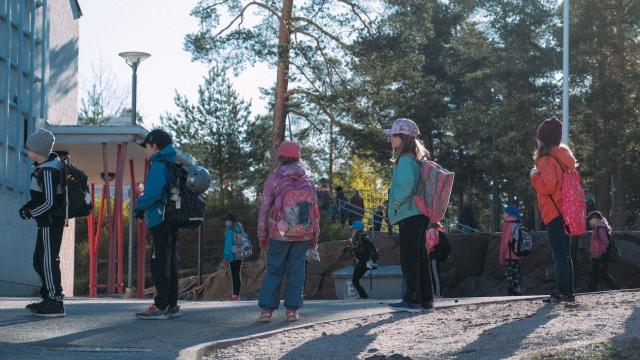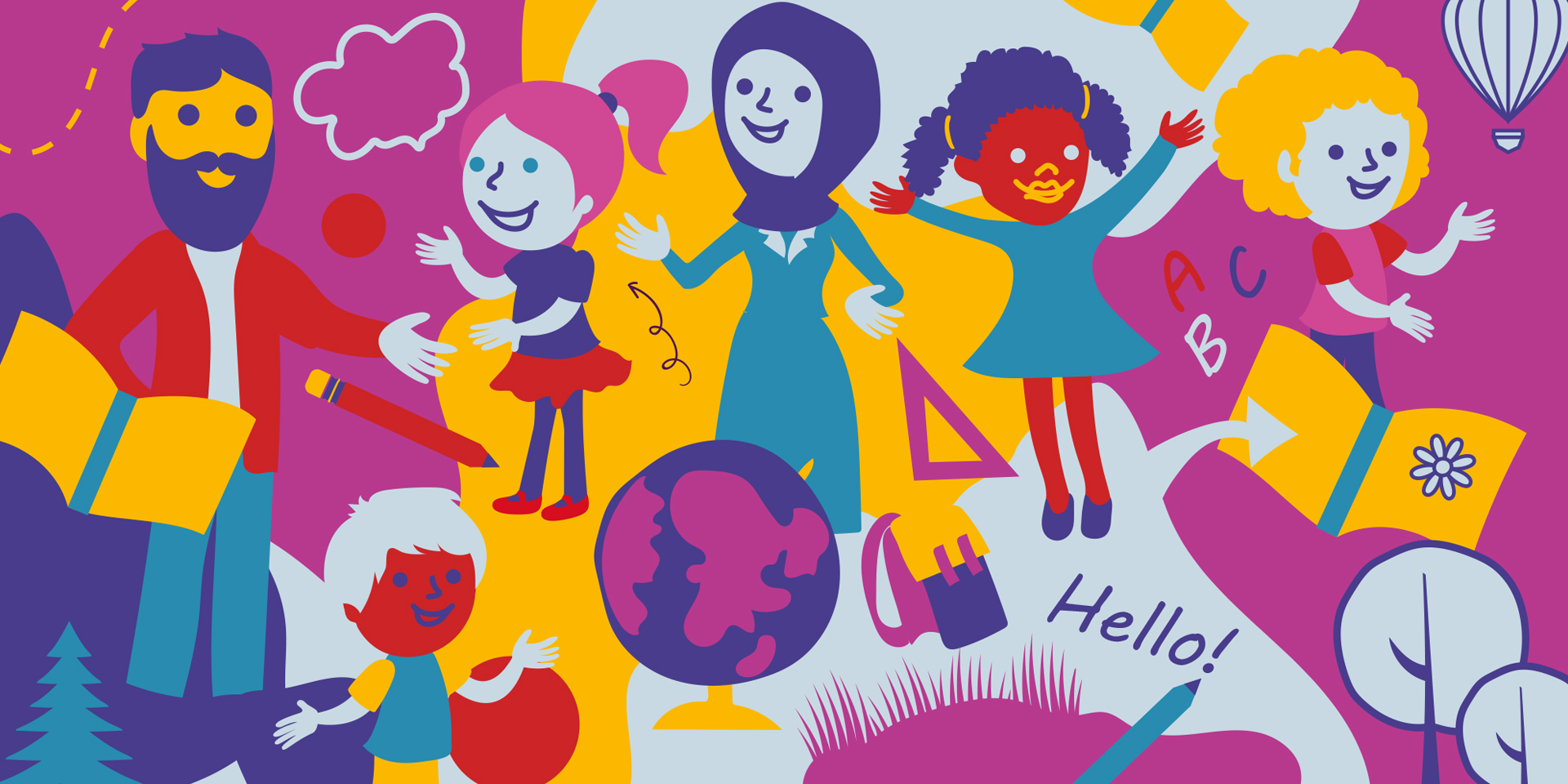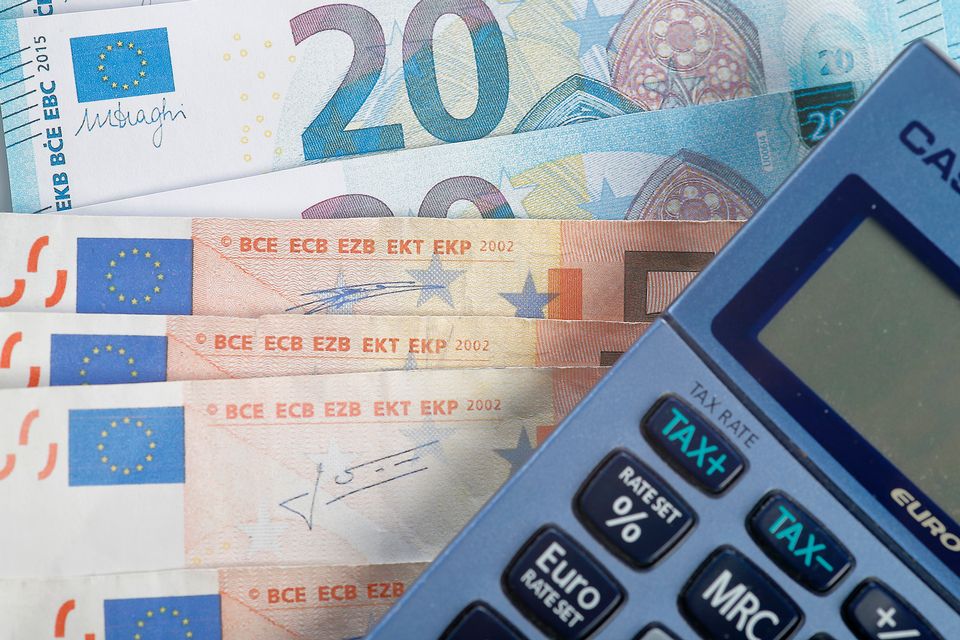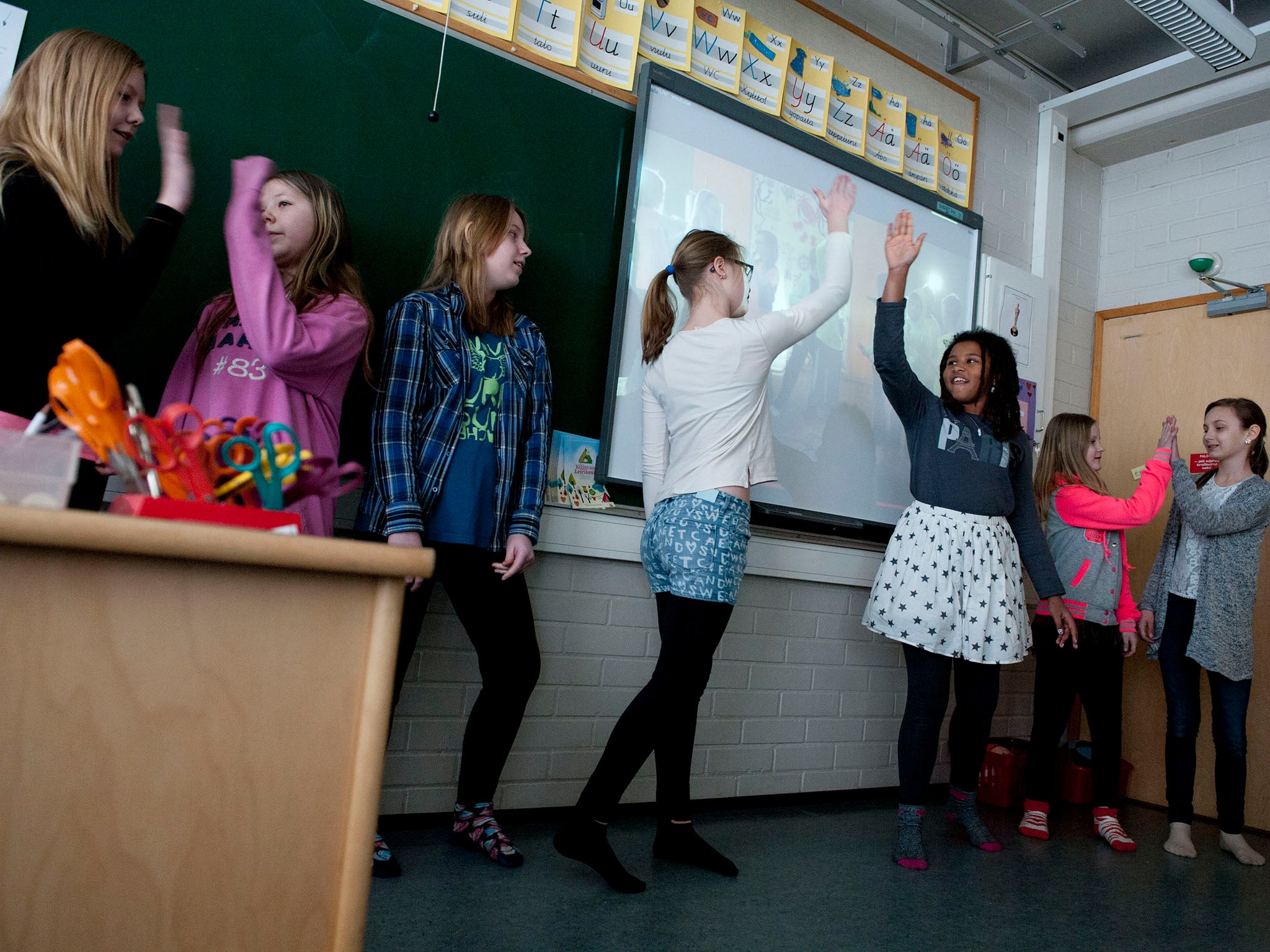
This is the ninth installment in a series about extending the Green New Deal to confront multiple global crises. Read Part I, Part II, Part III, Part IV, Part V, Part VI, Part VII, and Part VIII.
A small Nordic country, Finland tops world rankings for safety and stability, as well as protections of fundamental human rights. It has the second lowest poverty rate among OECD countries after Denmark, and the most literate population who are also the happiest and enjoy the best well-being. It also ranks top or very near it on everything from equality to health, and from having the cleanest air to the most respected media.
Still, the country’s most famous success story is education.
A recently published book, Finntopia: What We Can Learn From the World's Happiest Country, explains how Finland has become one of the most equitable societies. In it, authors Danny Dorling and Annika Koljonen substantiate their argument with data and examples from Agenda Publishing.
Dorling is a professor of geography at the University of Oxford and Koljonen is a Helsinki-based graduate of Cambridge. In Finntopia, the authors answer the questions of how Finland became such a great place to live – and speculate on why the country’s common sense has not been applied elsewhere.
Finland has gone from being a poor nation to superlatively rich, and not only in monetary terms. It is moving in the right direction on everything from life expectancy to health outcomes, welfare support to housing rights. The book provides essential reading about how to build a relative social utopia when so much of the world appears dystopian.
There is nothing in the water
Finntopia's authors write: “Just a century ago, Finns had it worse than almost all other people in Europe... [Yet now] Finland offers us an example of what bold policies can produce: policies that put the equality of individuals at their heart, with the aim of building a fairer, happier, more prosperous society. The story of Finland shows that anything is possible.”
Indeed, Finland's prospects in 1951 were deemed “grey and dreary.” Yet 70 years later, the country is vibrant, colourful and a model for the world to follow. Telling this story, the authors deconstruct the oft-made “Nordic miracle” myths: Finland did not get to where it is today due to its endless summer days, deep winters, seismic seasonal shifts, ecosystems, history or sparse population. Although all these, and other factors, were somewhat advantageous.
Though the book was mostly written pre-Covid-19, the authors ask readers to judge Finland on how it has likewise dealt with the virus. We now know that this experience has been a success when compared to the rest of Europe. At the time of writing, in late December, Finland had just surpassed 500 deaths from coronavirus in a population of 5.5 million.
If people in the U.S. had died at a similar rate, this would total no more than 28,000 deaths – less than a tenth of the actual figure by that point. Throughout Finntopia, there are constant specific comparisons that show how well Finland is doing, in health and otherwise, compared to the US, UK and EU nations overall.
Dorling and Kojonen write: “Finland is a beacon for those who think that another world is possible. It allows us to put fantasies of what could be built, and look instead [at] what has actually been created. Go to Finland and see for yourself, or better still, save the carbon pollution and the airfare, and read the pages that follow.”
The book pulls no punches when it comes to politics as well – for instance, delving into Finland's issues with right-wing populism, or the struggles of the Sami, the country’s far north indigenous population. Overall, Finntopia is a story of optimism. There is nothing in the Finnish water – it is literally considered the cleanest in the world, but also there is no magic in it. Finntopia shows how making decisions for the common good works.
Education for all
Today, Finland has the best-ranked education system and the most prepared students for the future. Yet in the mid-20th century, education was highly segregated, with access denied to the majority of Finland's population who lived rurally.
Dorling and Koljonen write: “Alongside providing sufficient support for parents, good housing and high quality healthcare, education is one of the most important investments in society that a government can make to ensure both the productivity and the well-being of future generations.”
Alongside investment, Finland changed the way it educates, based on the latest pedagogical theories. Importantly, the need for education became a universal ethos. Finnish students are not set and divided by ability, which gives everyone the same opportunities to learn and grow – a lesson that emanates across society. Also, studies showing the importance of play revealed that Finnish students get more outside breaks and teaching through structured play.
Teachers also became highly valued, rigorously trained – and then, of critical importance, well paid. Finnish teachers have a freedom to teach not enjoyed elsewhere. For instance, students face few national assessments, and teachers are not regularly inspected for the quality of their work. As a result, students develop holistically, not forced to prepare for endless tests, while teachers avoid pointless paperwork. This creates a positive feedback loop: students get better outcomes as teachers become even more respected and empowered to teach.
In broader ways, this teaching story about good education creates its own feedback loop. Dorling and Koljonen pick out how Finland’s approach is more austerity-proof than other nations. For example, “School meals are not termed free in Finland, they are just called 'lunch'”. The advantages of this are multifold: it is an efficient way to feed children, making sure they have the energy to learn, and most importantly, every student gets nourishment.
Public spending pays for itself
Finntopia addresses another key topic: how does the country pay for everything, and why are its higher paid citizens prepared – and happy – to pay high taxes? Bringing the discussion back to education, Dorling and Koljonen point out that overall spending on schools in Finland is comparable with many other nations, for instance Britain. What differs in Britain is that much of its spending is focused on the children of elites, who attend private schools.
A famous quote from Noam Chomsky reads: "That’s the standard technique of privatization: defund, make sure things don’t work, people get angry, you hand it over to private capital." Finntopia shows how Finland turned this model on its head: Finns broadly support taxes, including high taxes for high earners, because they can see where that tax money goes. To public services.
This is one essential lesson for people seeking to promote a global Green New Deal. Years of underfunding have made citizens in the UK and US cynical about public services. A Green New Deal must overcome this. The funding of education is where the journey begins, unlocking a deeper conversation about society and its values.
It is notable that in Finland, after the first Covid-19 lockdown – which was done swiftly, and thus to a lighter degree, compared with other countries – libraries were among the first places to reopen. In the UK, by contrast, much of the conversation has focused around the reopening of pubs. Good education available to everyone is a sure-fire way to reduce inequality, maintain the book’s authors. And when it comes to achieving a Green New Deal, the world should take a lesson from Finland: allow everyone to reach their potential, and perhaps we’ll find ways to deal with the crises we face.
Read Part I, Part II, Part III, Part IV, Part V, Part VI, Part VII, and Part VIII.



















